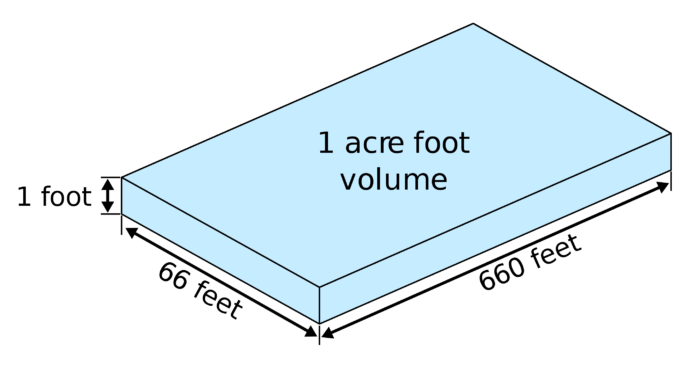
BY HANNES THUM
Languages are defined by how their speakers use them. Linguists have long held this idea at the core of their studies—we create and use words that our culture demands, and the language reflects that cultural viewpoint.
In other words, we develop and use words for things that are important to us, and the words and phrases in our language end up showing us what we care about.
Not all new words and phrases become part of a language. Many fall out of style or never pick up much momentum at all. The ones that last and become entrenched become part of the lexicon, and the others may disappear with hardly a trace (and there are some, of course, that we remove on purpose).
And some odd things remain.
For instance, the English language contains a distinct word for the act of throwing somebody (or something) out of a window. It’s called “defenestration.” Yes, indeed—we have a word to describe that very act. I’m not enough of a historian or a linguist to understand WHY we have such a term, but we do.
There’s another term that has been on my mind lately: the “acre-foot.”
The acre-foot has got to be one of the most specific, the most particular, units in all of measurement. If there is a description of water that is more palpably tuned than the acre-foot to one way of looking at the world, to one specific purpose, then I don’t know what it is. The unit is defined by the use, and vice versa.
An acre-foot is the amount of water that it would take to cover a flat piece of land in a one-foot-thick layer of water. It’s a common term for people that plan out water runoff and dam control and the distribution of water through canals, particularly when it comes to agricultural uses.
Someone filling up a water bottle might think of water in terms of pints or quarts or liters. A river runner might look at things in terms of cubic feet or cubic meters. These terms reflect a different perspective for the same thing: a volume of water.
But the acre-foot signifies something else entirely. For one thing, it’s an enormous amount of water (more than 300,000 gallons). The use of the term is a choice that we make, culturally, when we are talking about the use of water on a large scale. It implies that we are spreading the water out flat somewhere, either in a reservoir or on agricultural land—it quantifies usability.
It’s an expressive term, the acre-foot. It’s at once a hard thing to picture and a shockingly easy thing to picture. And, in the West, the term has been in the news a lot lately. We have, simply put, a lot less acre-feet to work with than we used to. This drought isn’t going away anytime soon, despite a few rain showers. Where the water comes from, where it goes, and what we decide to do with the water we have is becoming increasingly important.


